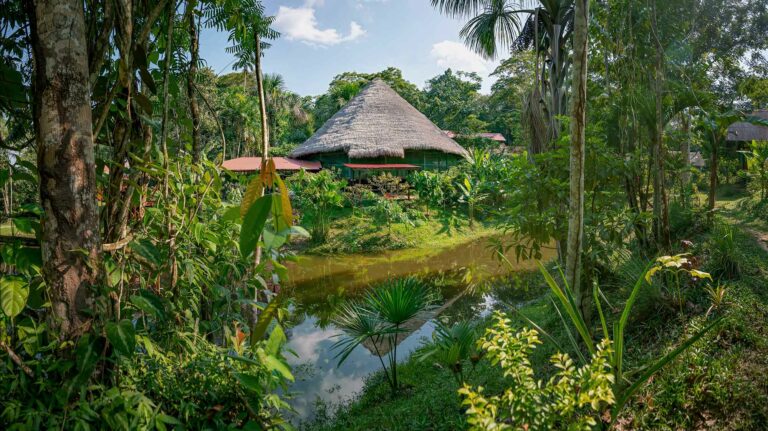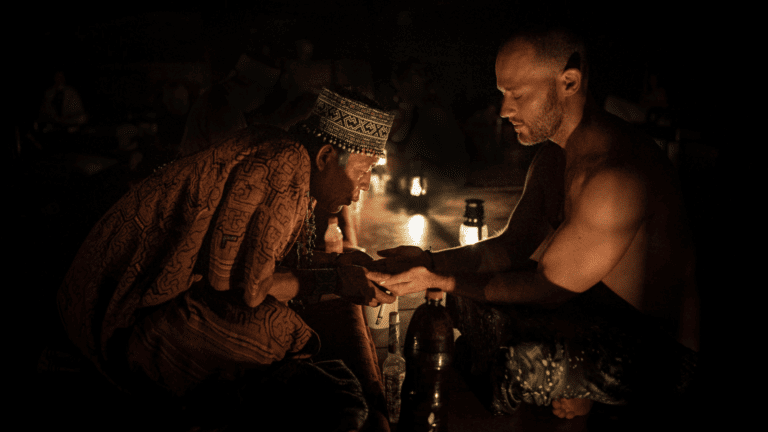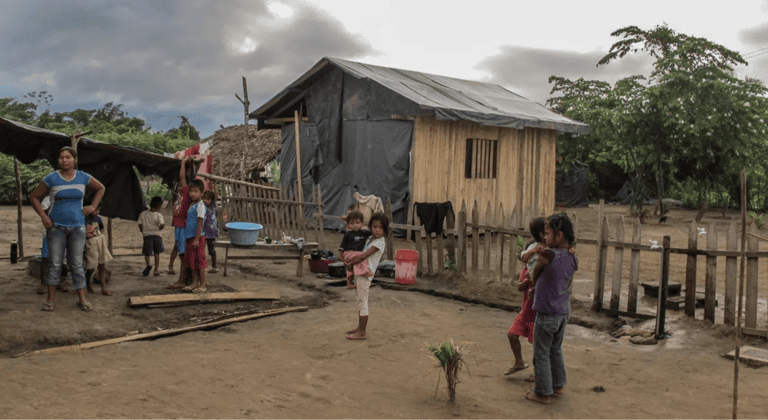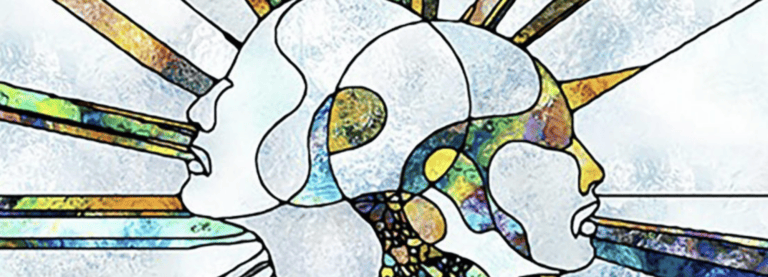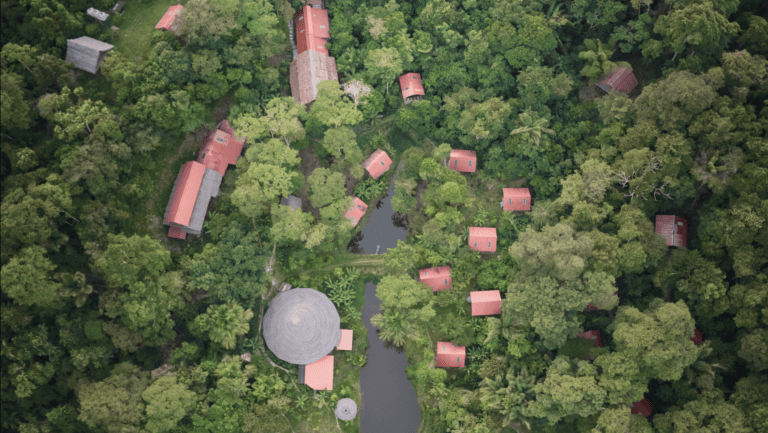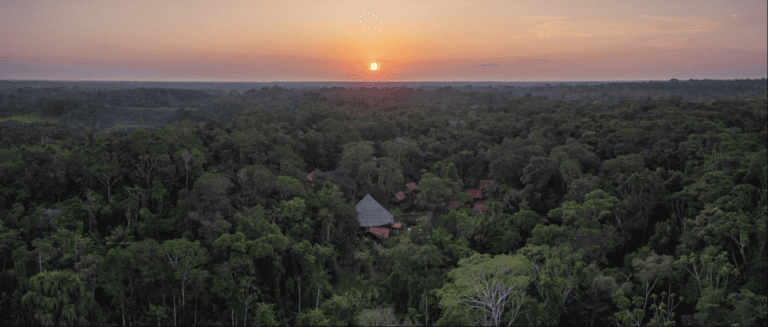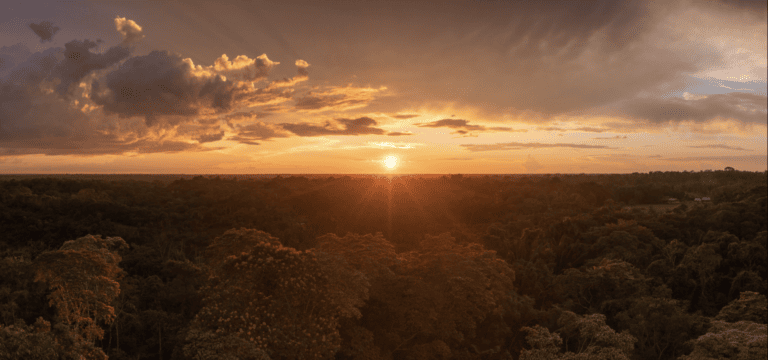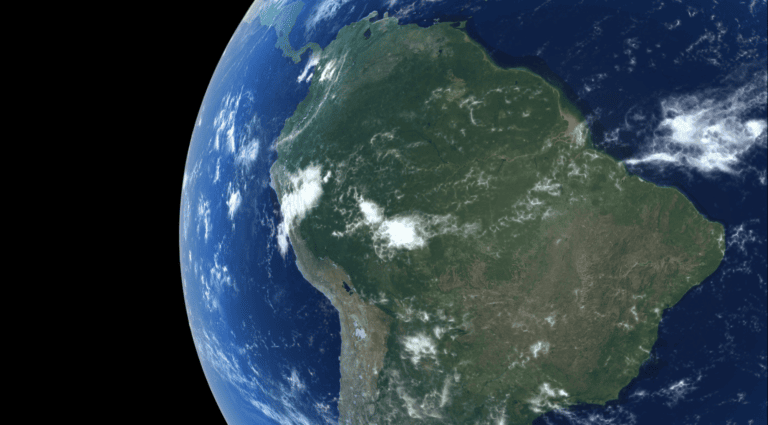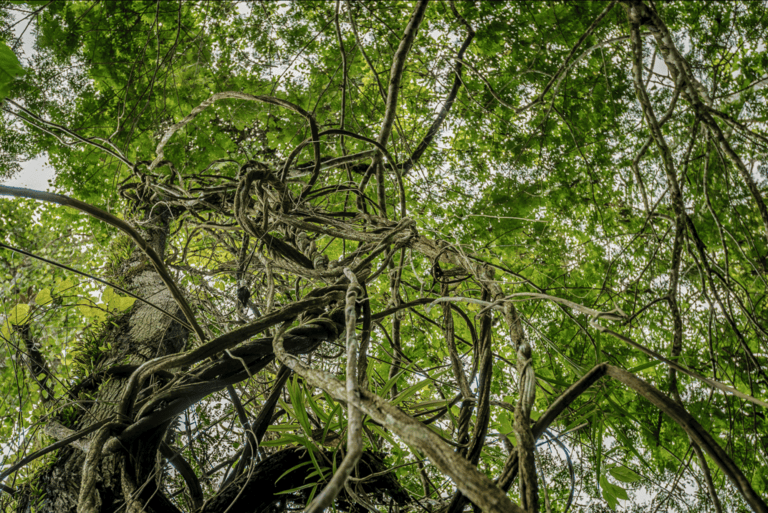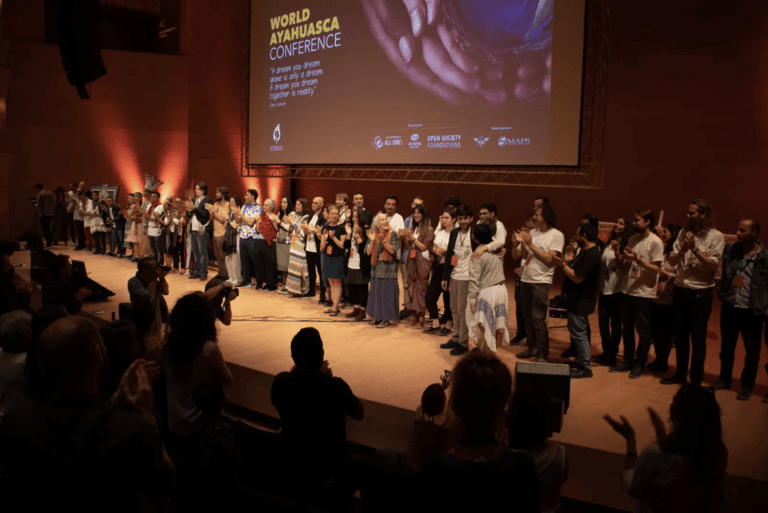Approaching ayahuasca for the first time can be a daunting task. While anecdotal accounts and emerging scientific studies abound about its incredible healing properties, there are also many cautionary tales out there when it comes to disingenuous shamans and questionable healing centers. Beyond that, a truly conscientious seeker will be aware of the impact that Western interest has had on the indigenous people who are the caretakers of this ancient healing tradition; they will want to avoid merely being an appropriator and consumer of the ayahuasca tradition and instead approach it in the most holistically respectful way possible. So how does one go about seeking the healing that ayahuasca offers while navigating this web of pitfalls?
Matthew Watherston is the founder of the Temple of the Way of Light, an ayahuasca retreat center in Peru, and two Peruvian non-profits—Alianza Arkana and The Chaikuni Institute—which work for environmental justice and human rights for the local people. We spoke with Matthew about his extensive experience on this subject in the hopes of discovering the essential things to look for when approaching ayahuasca for the first time.
Thank you for speaking with us on this important topic, Matthew. What advice would you give to someone from the U.S. who is called to ayahuasca for healing and wants their journey to be ethical and respectful to the local people and traditions?
Before I answer this question, I think it is important to paint a picture of the landscape of curanderismo in Peru. The first step to working ethically and respectfully with indigenous or mestizo healers is to find the right healer to work with.
Westerners often have ideological and romantic perspectives of indigenous healers and exaggerated expectations of their level of spiritual mastery. Local people call healers either curanderos (healers) or medicos (doctors). These are not self-realized masters or gurus. So, my advice is to take the same approach as if you were going to see a doctor. Be polite and respectful, but don’t give your power away or view them through rose-tinted glasses. As best you can, do your research beforehand to seek a healer with a solid, long-term reputation. Genuine healers are masters of plant medicine who could be considered shamanic equivalents to highly skilled surgeons in the West. However, they are actually very difficult to find, especially if you do not have extensive experience or reliable connections in the Amazon.
Some of the stories that I’ve heard from you and others really drive that point home— good shamans are hard to find and doing ceremony with an ill-intentioned shaman sounds horrifying.
As per my initial experience in the Amazon, not all healers are well-intentioned. Most Westerners are not aware that the culture of curanderismo in Peru is tainted with a significant amount of exploitation and predation. It is a dualistic system where there are both curanderos (healers) and brujos (witchdoctors). In addition, many so-called curanderos have ‘dos caras,’ two faces, and paradoxically are able to both heal and harm.
Just as a knife can be used to prepare delicious food or to inflict brutal harm, it depends on the intentions of the person wielding the knife. Many Westerners do not believe in brujeria (witchcraft) although it is simply the other side of the ‘healing coin’ and very much a part of day-to-day life here in the Amazon. Some shamans can appear to come across as extremely friendly and full of smiles, singing words of ‘light and love’ in ceremony, yet be working with the intention to exploit you, with their main motivation being financial gain. Even worse are situations where so-called healers energetically manipulate women into inappropriate sexual activity. The most sinister end of the spectrum is brujeria, which very much exists in the Amazon. It is part and parcel of everyday reality down here. As much as there are abilities to heal, there are abilities to harm, too.
Local people will frequently employ curanderos to treat illness as well as brujos to inflict harm (dano) on others for a wide range of reasons: seeking revenge on cheating husbands, crooked business deals, and quarrelsome neighbors. This is the local culture and not something that is imposed only upon naïve and unsuspecting foreigners. Therefore, when a foreigner turns up seeking healing, for example, in Iquitos or travels out to forest communities, they are an easy target for predatory shaman who can effortlessly present themselves as healers and appear to be well-intentioned despite the fact that they have a hidden agenda being played out in energetic realms. There are also many pretense healers offering ayahuasca ceremonies around Iquitos. They can dress up in tribal clothing, serve ayahuasca, [and] sing songs in indigenous dialects, yet have absolutely no training or abilities to manage the ceremonial space and participant’s experiences.
It is extremely difficult to know the difference between a fake shaman, a genuinely benevolent curandero, and a malevolent brujo when you do not have comprehensive experience of working within the system of curanderismo. Finding a genuine healer in Peru can be like playing Russian roulette, and much caution should be taken when choosing with whom to drink the medicine.

